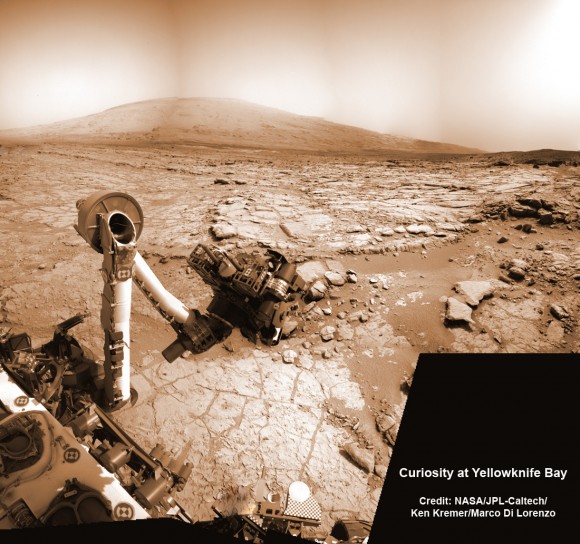The sun erupted with an X1.7-class solar flare on May 12, 2013. This is a blend of two images of the flare from NASA’s Solar Dynamics Observatory: One image shows light in the 171-angstrom wavelength, the other in 131 angstroms.
Credit: NASA/SDO/AIA
On May 12, 2013, the sun emitted a significant solar flare, peaking at 10 p.m. EDT. This flare is classified as an X1.7, making it the first X-class flare of 2013. The flare was also associated with another solar phenomenon, called a coronal mass ejection (CME) that can send solar material out into space. This CME was not Earth-directed.
Solar flares are powerful bursts of radiation. Harmful radiation from a flare cannot pass through Earth’s atmosphere to physically affect humans on the ground, however — when intense enough — they can disturb the atmosphere in the layer where GPS and communications signals travel. This disrupts the radio signals for as long as the flare is ongoing – the radio blackout associated with this flare has since subsided.




